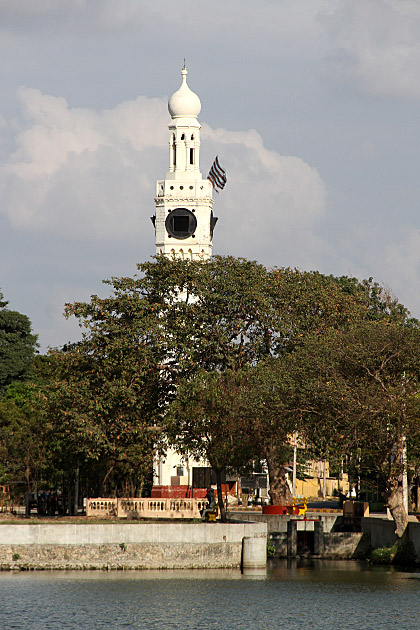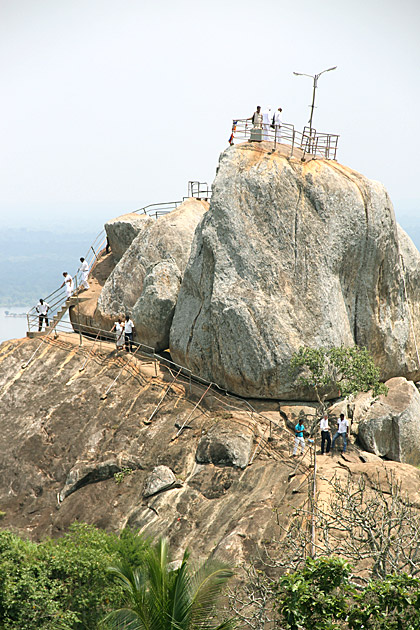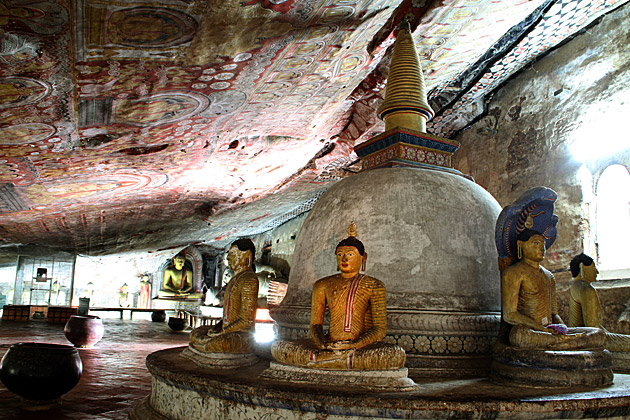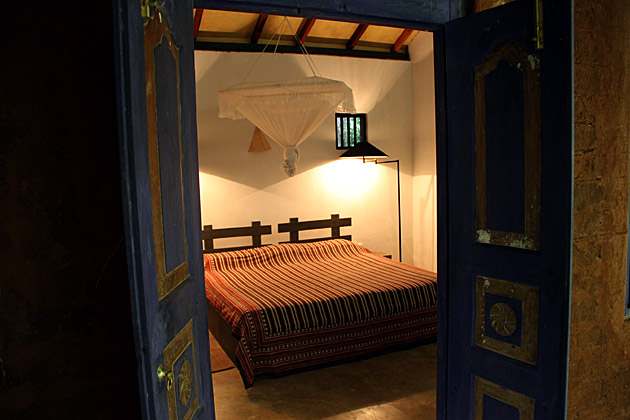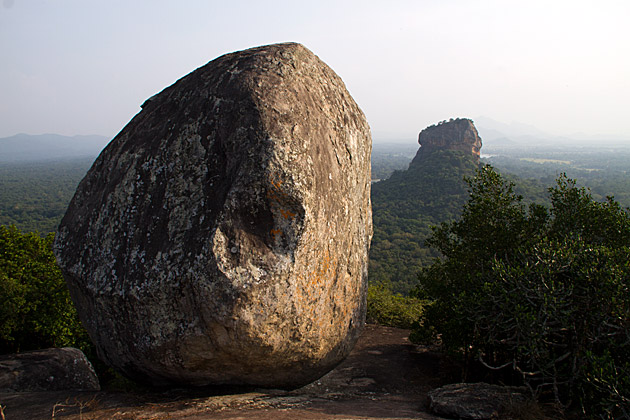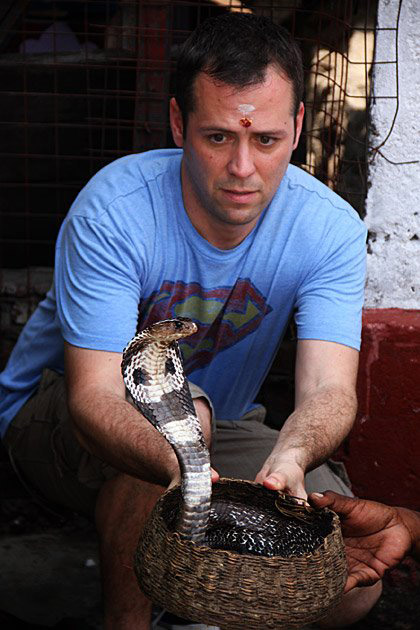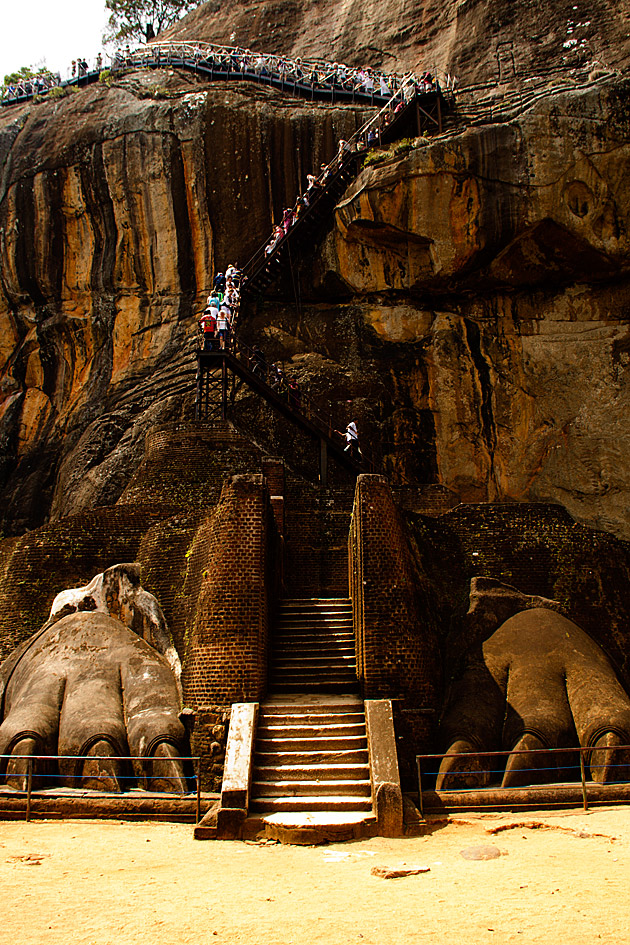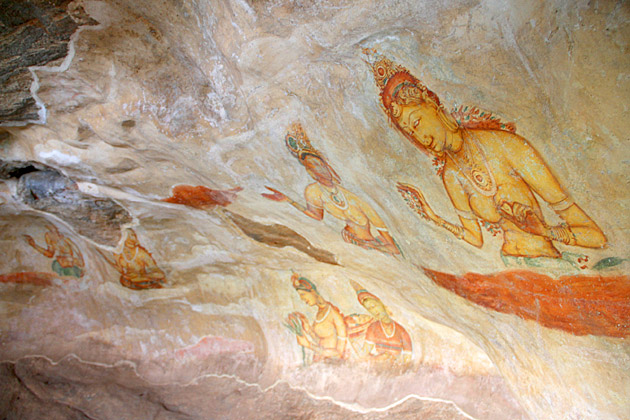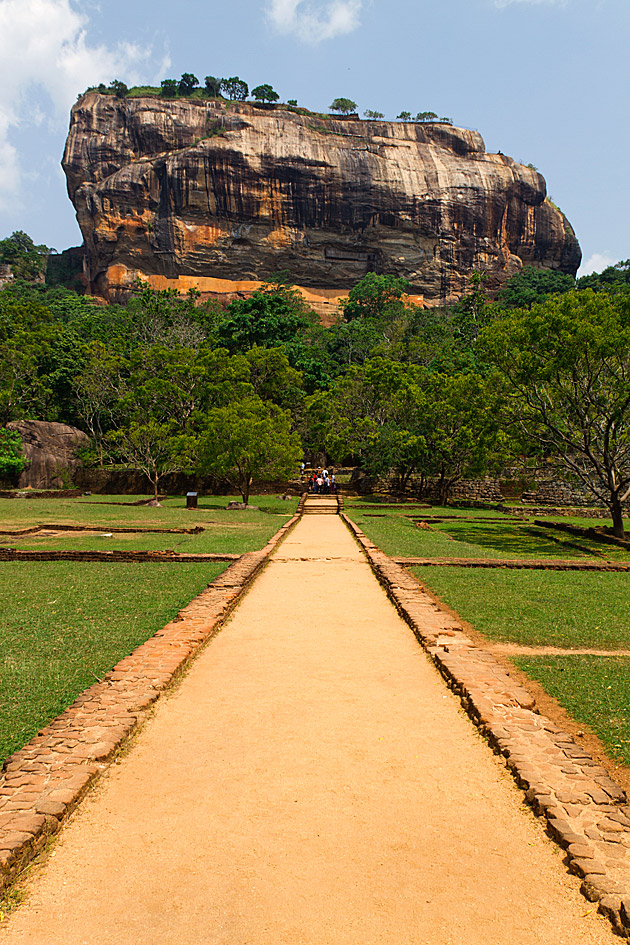North to Jaffna
Like a feather in Sri Lanka's cap, the Jaffna Peninsula pokes out of the top of the island, pointing towards India. The long, narrow peninsula is separated from the rest of the country in about every way imaginable: culturally, ethnically, religiously, linguistically and geographically.
